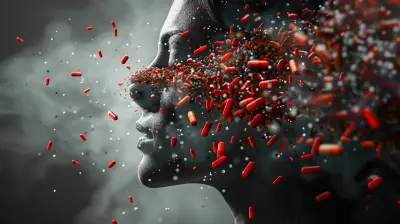The Healing Power of Art Therapy for Stress Reduction
10 October 2025
Feeling overwhelmed by life? You’re not alone. We live in a world that seems to move at 100 miles an hour, and sometimes, it feels like we're barely keeping up. Between work, family, social obligations, and the constant influx of information, stress has become an unwelcome companion for many of us. But here’s the good news: there’s a way to process all that anxiety without uttering a single word.
Enter art therapy—a creative, non-verbal form of expression that can help you reduce stress and find inner calm. You don’t need to be the next Picasso or Van Gogh to benefit from this therapeutic approach. In fact, art therapy is more about the process than the final product. So, if the idea of finger painting your feelings sounds intriguing, you’re in the right place.
In this article, we are going to dive deep into how art therapy can help you manage and reduce stress. We'll explore the science behind it, the different techniques you can try, and why it works. Ready? Let’s get creative.
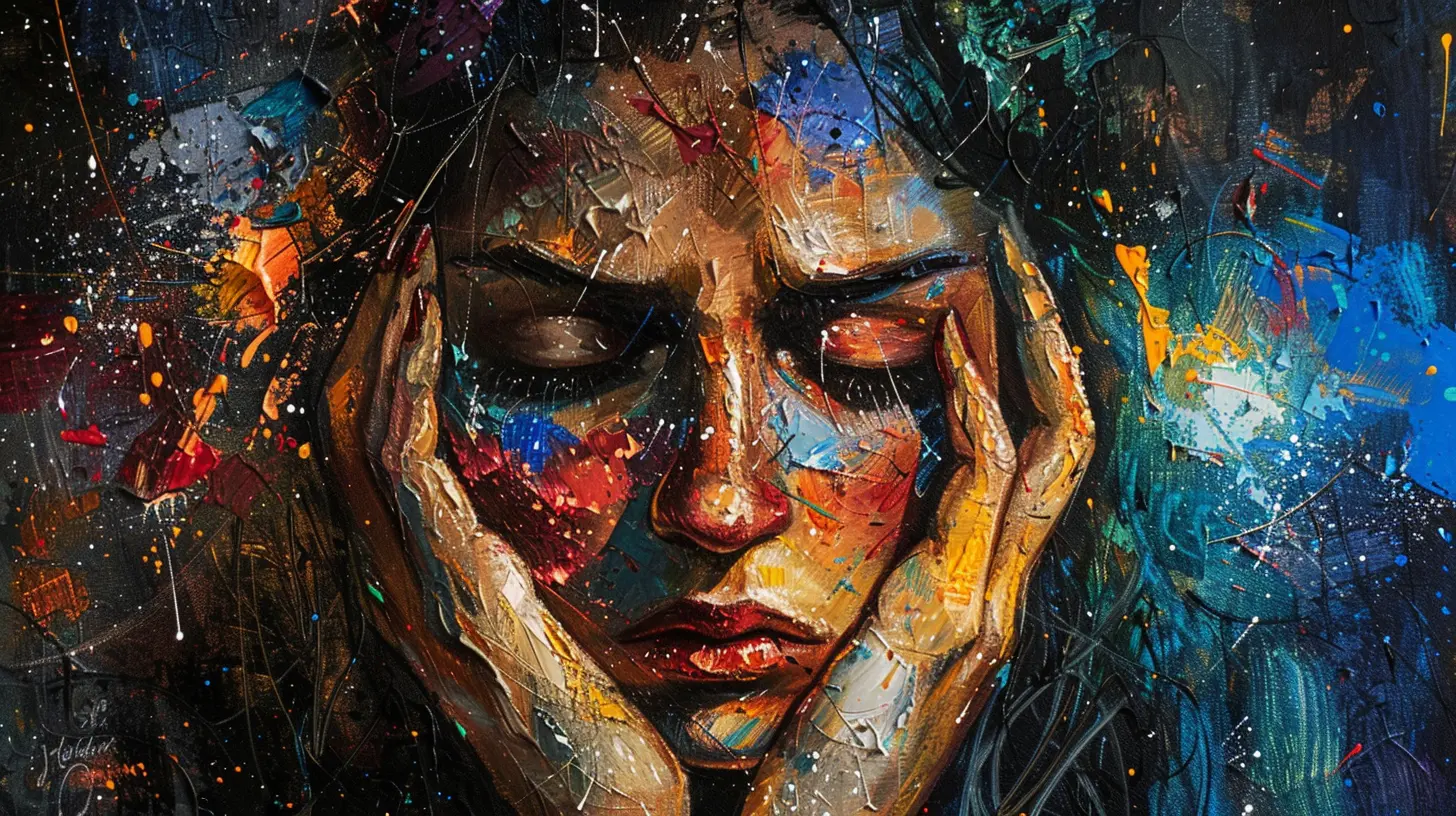
What Is Art Therapy?
First things first—what exactly is art therapy? In simple terms, art therapy is a form of psychotherapy that uses artistic methods to improve a person's mental, emotional, and physical well-being. Rather than just talking through problems, art therapy encourages you to express feelings and thoughts through creative activities like drawing, painting, sculpting, or even collage-making.Certified art therapists guide individuals through the process, helping them tap into emotions that may be difficult to express verbally. The act of creating art can serve as a bridge between the conscious and unconscious mind, making it a powerful tool for self-expression, healing, and stress relief.
Art therapy isn’t just for artists—it’s for anyone who feels the need to release pent-up emotions or just wants a break from the overwhelming aspects of everyday life.
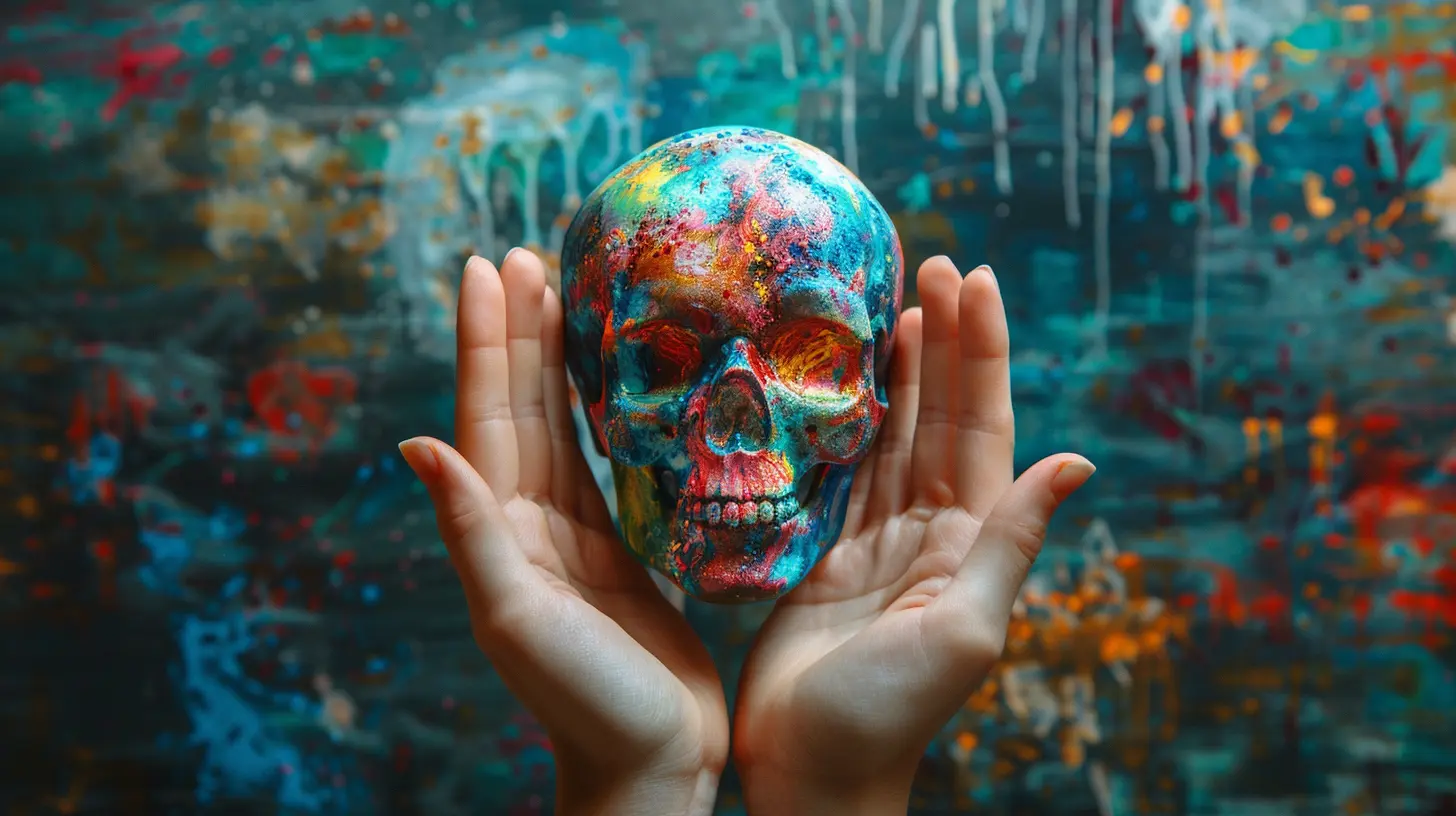
The Link Between Stress and Creativity
You might be wondering, how does creating art help with stress? It’s not like coloring a picture or molding clay magically makes your problems disappear. Well, while it might not erase your worries, it can certainly help you manage them better.When we’re stressed, our brains often operate in overdrive. We get stuck in a loop of anxious thoughts, and it feels like there’s no off switch. Art therapy helps break that cycle by engaging the right hemisphere of the brain, which is responsible for creativity and imagination.
By focusing on creating something, you're giving your brain a break from the constant stress chatter. It’s like hitting the reset button on your mental state. Plus, the process of making art often puts people into a "flow" state, where time seems to stand still, and you're completely absorbed in what you're doing. This sense of flow is proven to reduce cortisol levels (the stress hormone) in the body.
Think of it like taking a mini-vacation for your mind, without ever leaving your home.
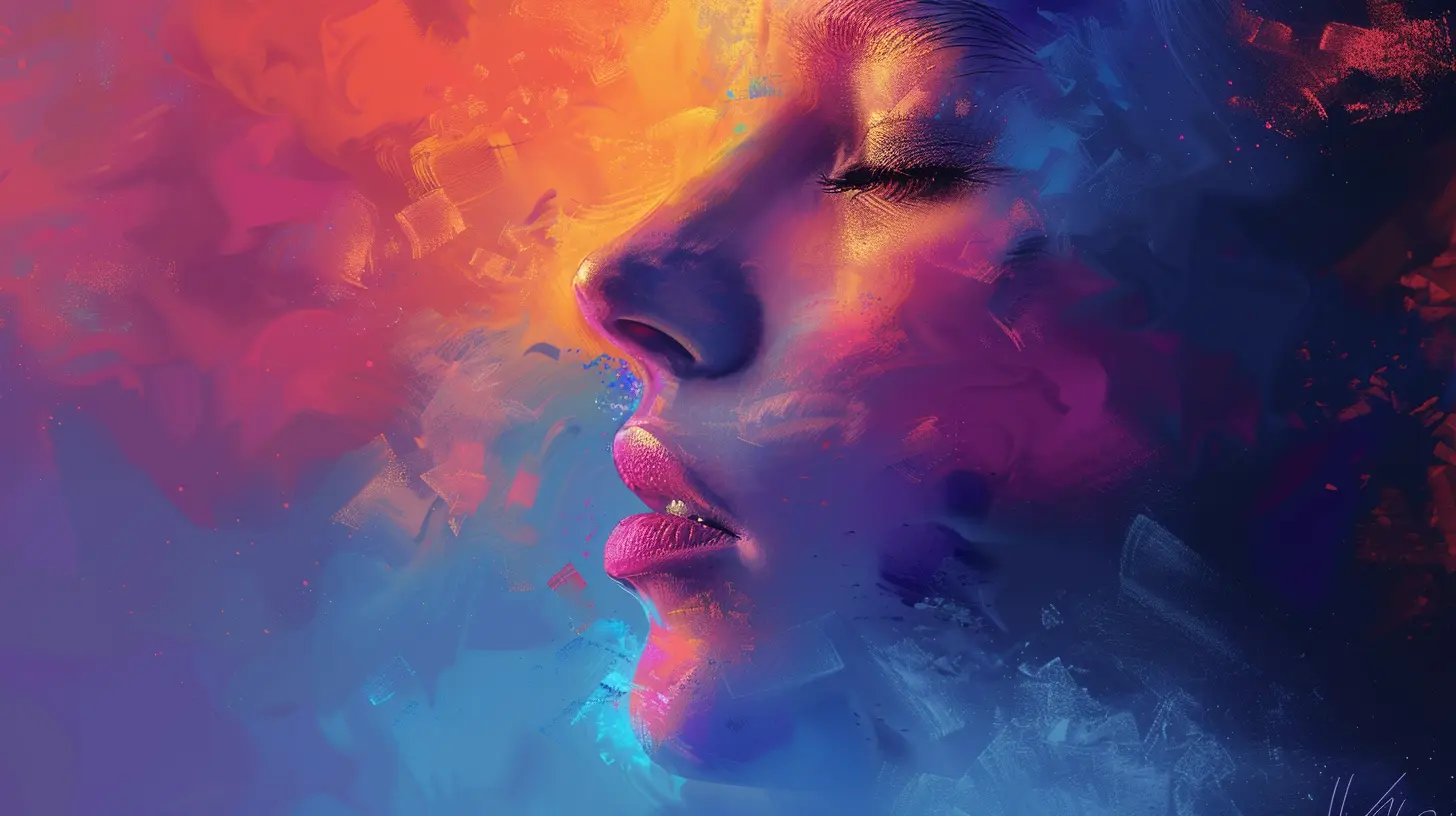
How Art Therapy Works for Stress Reduction
1. Non-Verbal Expression
Let’s face it, talking about your feelings isn’t always easy. Sometimes, you might not even know how to describe what you're experiencing. That’s where art steps in. It allows you to express complex emotions without having to put them into words. The shapes, colors, and lines you use can act as a mirror to your inner world, reflecting emotions you didn’t even know you had.2. Emotional Release
Ever felt like you were going to explode if you didn’t do something with all those bottled-up emotions? Art therapy provides a safe outlet for those feelings. Whether you're aggressively slashing paint across a canvas or delicately drawing with colored pencils, the act of creating gives you a way to release tension and emotions that are weighing you down.3. Mindfulness and Presence
The process of creating art forces you to focus on the present moment. When you're engrossed in choosing the right colors or working on intricate details, your mind becomes less preoccupied with the past or future. This state of mindfulness is one of the key components of stress reduction, as it helps you let go of worries and anxieties.4. Sense of Accomplishment
One of the subtle benefits of art therapy is the sense of accomplishment that comes with completing a piece. No matter how small or simple, finishing something that you’ve created with your own hands can boost your confidence and self-esteem. This sense of pride and achievement can have a lasting impact on your overall emotional well-being, helping you feel more empowered and less overwhelmed by life’s challenges.5. Improved Emotional Insight
Sometimes, when you look back at the art you’ve created, you can see things that weren't immediately obvious. Perhaps certain colors dominate your work, or certain themes keep recurring, pointing to underlying issues that need to be addressed. Art therapy can give you a new perspective on your emotional state, helping you gain insights that might not have come up through traditional talk therapy.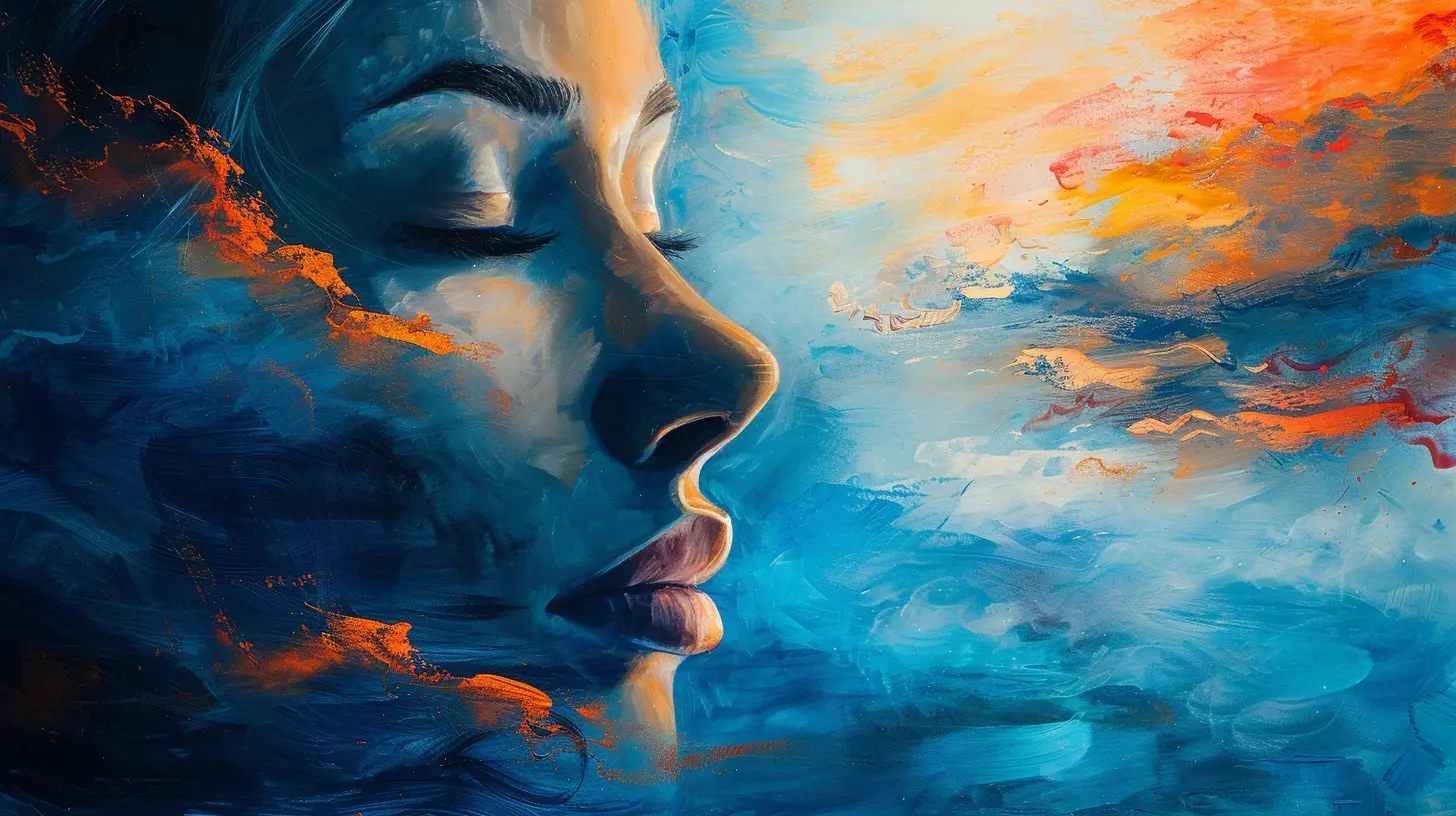
Different Types of Art Therapy Techniques
If you’re curious about what art therapy actually looks like in practice, here are some common techniques that are used to help reduce stress:1. Drawing and Painting
These are the bread and butter of art therapy. You can use pencils, crayons, markers, or paint to express what’s going on in your mind. You don’t need to create a masterpiece—just let your hand move freely and see what comes out.2. Sculpting
Working with clay, Play-Doh, or other malleable materials can be a tactile and grounding experience. Sculpting allows you to use your hands, which can be particularly helpful if you're someone who struggles with verbal communication.3. Collage Making
Collages are a great way to create without the pressure of drawing or painting. You can cut out images from magazines, newspapers, or printouts and arrange them in a way that resonates with your current emotional state.4. Mandala Drawing
Mandala drawing is a structured yet free-form way to create art. The circular designs of mandalas can be incredibly calming, and the repetitive nature of filling in patterns can help you enter a meditative state.5. Journaling with Art
Combining traditional journaling with art can be a powerful way to process emotions. Instead of just writing about how you feel, you can complement your words with drawings or doodles to capture your mood visually.The Science Behind Art Therapy and Stress Reduction
You might be wondering, Is there any science to back up these claims? Absolutely. Numerous studies have shown that engaging in creative activities, like those used in art therapy, can significantly reduce stress and improve mental health.One 2016 study published in the Journal of the American Art Therapy Association found that just 45 minutes of making art significantly lowered cortisol levels in participants, regardless of their artistic experience. Lower cortisol levels translate directly to reduced stress.
Additionally, creating art has been shown to increase dopamine, a neurotransmitter associated with feelings of pleasure and reward. When you're in the act of creating, your brain releases this “feel-good” chemical, which can help combat feelings of anxiety and depression.
Who Can Benefit from Art Therapy?
Here’s the thing—art therapy isn't just for people going through major trauma or mental illness. While it can certainly help with conditions like PTSD, depression, or anxiety, it’s also beneficial for anyone looking to manage day-to-day stress.Whether you're a busy professional, a stay-at-home parent, or a student cramming for exams, art therapy can offer you a break from the pressures of life. It’s a tool for everyone, no matter your age, background, or artistic ability.
How to Get Started with Art Therapy
You don’t need to book a session with a certified art therapist to begin reaping the benefits of art therapy (although it can certainly help, especially for deep-seated issues). Here are some simple steps you can take to start using art as a tool for stress relief:1. Set Up a Space: Find a quiet area where you can comfortably create without distractions. It doesn’t need to be fancy—a table, some paper, and a few art supplies will do.
2. Choose Your Medium: Decide what kind of art you want to create. It could be drawing, painting, sculpting, or something else that resonates with you.
3. Let Go of Perfection: The goal is not to create a masterpiece but to express yourself. Give yourself permission to create without judgment.
4. Engage in the Process: Focus on the act of creating rather than the final product. Pay attention to how you feel as you work through the process.
5. Reflect: After you’ve finished your art, take some time to reflect on what you’ve created. What emotions or thoughts came up during the process?
Conclusion
In a world that’s constantly demanding more from us, it’s important to find ways to nurture our mental health and well-being. Art therapy offers a unique, creative, and effective approach to stress reduction. Whether you’re dealing with chronic anxiety or just need a break from the daily grind, the act of creating art can help you reconnect with yourself and find a sense of calm.So, the next time you feel the weight of the world on your shoulders, grab a paintbrush or some clay and let your creativity work its magic. You might just be surprised at the healing power of art.
all images in this post were generated using AI tools
Category:
Stress ReliefAuthor:

Gloria McVicar
Discussion
rate this article
1 comments
Andrew Lambert
Art therapy transcends mere creativity; it serves as a profound conduit for emotional release and self-discovery. By allowing individuals to externalize inner turmoil through artistic expression, it fosters a unique healing journey, illuminating the path to resilience and understanding amidst the chaos of modern life.
October 27, 2025 at 3:52 PM

Gloria McVicar
Thank you for your insightful comment! I completely agree that art therapy goes beyond creativity, acting as a vital tool for emotional healing and self-exploration. Your perspective beautifully highlights its transformative power.

